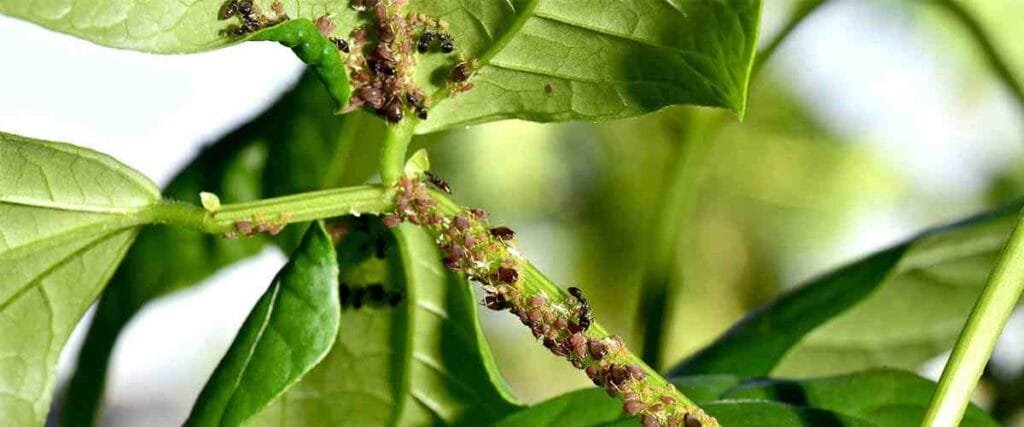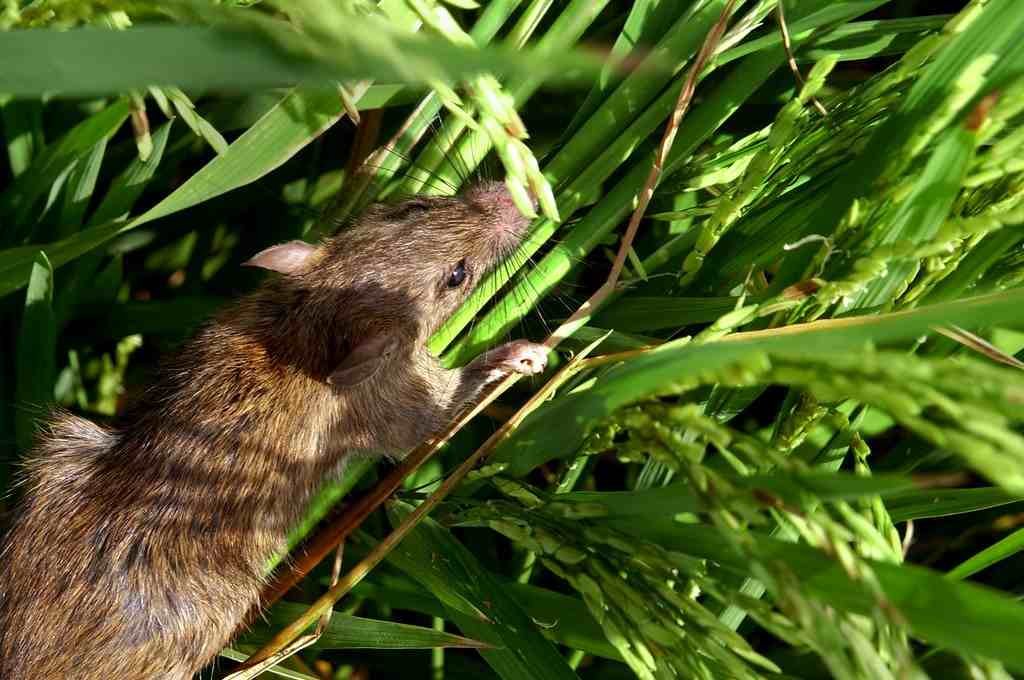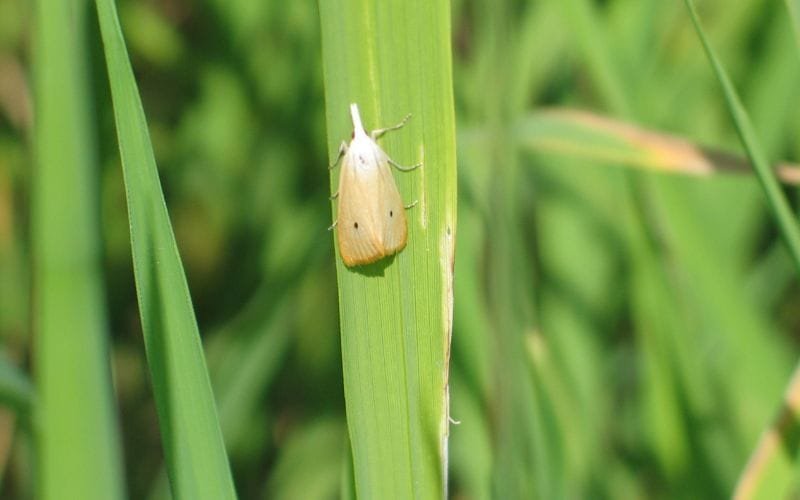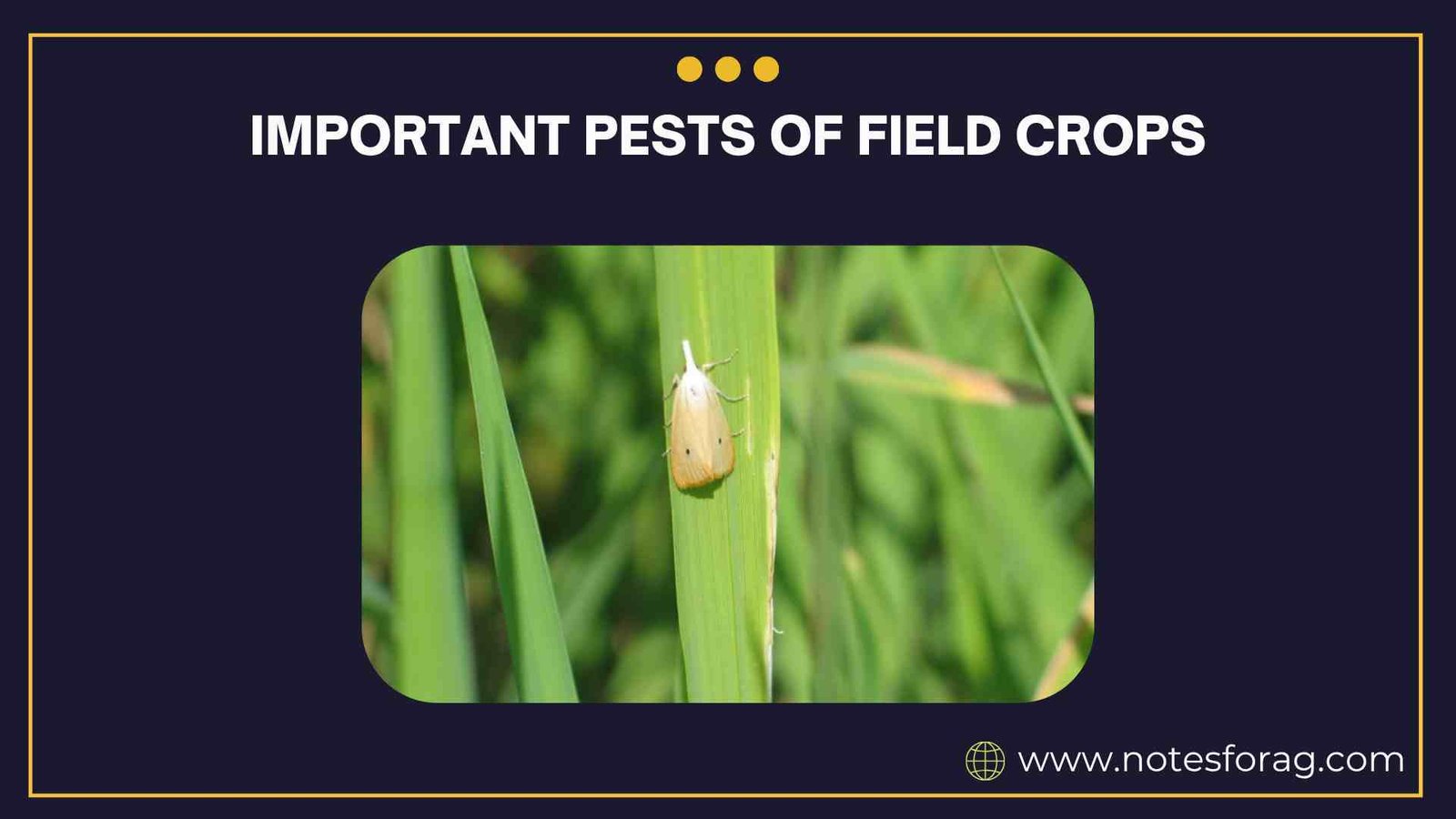INTRODUCTION
Pests in field crops are harmful organisms that cause damage to agricultural crops by feeding on them or interfering with their growth. These pests include insects, rodents, nematodes, mites, and birds. Field crops such as rice, wheat, maize, pulses, and oilseeds are especially vulnerable to pest attacks throughout their growing and storage phases. These pests not only affect plant health directly by feeding on various parts but also create entry points for pathogens.
The results of pest damage include lower crop yields, poor grain quality, and reduced market value, all of which contribute to economic loss and a threat to food security. In many parts of the world, crop losses due to pests range from 20 to 40 percent annually. Climate change, lack of awareness, and resistance to pesticides have further complicated pest control in field crops. Therefore, identifying, understanding, and managing the important pests of field crops is crucial for effective crop protection and sustainable agriculture.

Summary of Pests in Field Crops
- Pests in field crops, including insects, nematodes, rodents, and mites, cause significant damage from planting to storage, leading to major yield losses and economic harm.
- Common pests like stem borers, aphids, pod borers, and nematodes affect cereals, pulses, and oilseeds by feeding on various plant parts and spreading diseases.
- Effective pest management strategies such as cultural practices, biological control, chemical methods, and Integrated Pest Management (IPM) are essential for protecting crops and ensuring sustainable agriculture.
Table of Contents
CLASSIFICATION OF PESTS IN FIELD CROPS
Pests in field crops can be broadly classified based on their mode of feeding and type of damage:
INSECT PESTS:
These include both chewing and sucking insects. Chewing insects, like caterpillars and beetles, feed on plant tissues including leaves, stems, and fruits. Sucking insects, such as aphids, whiteflies, and leafhoppers, pierce the plant tissue and draw out sap, leading to wilting, discoloration, and transmission of plant viruses.
NEMATODE PESTS:
These microscopic roundworms typically affect the root system of plants. They enter through root tips and cause galls, lesions, or root rotting. This leads to stunted plant growth, yellowing of leaves, and reduced water and nutrient uptake.
RODENTS:

Rodents like rats and mice are serious pests in both fields and storage conditions. They feed on seeds, roots, and young shoots in the field, and gnaw stored grains and packaging materials in storage, causing massive losses and contamination.
MITES AND OTHER PESTS:
Mites are very small arthropods that damage the foliage of many field crops. They suck plant sap, causing the leaves to curl, yellow, and dry up. Birds are also considered pests when they feed on seeds and mature grains in the field.
IMPORTANT INSECT PESTS IN FIELD CROPS
Insect pests are among the most damaging and widely spread threats to field crops. Their life cycles often allow them to reproduce quickly and survive under various environmental conditions.
1. PESTS OF CEREAL CROPS
1.1 RICE PESTS

Rice Stem Borer (Scirpophaga incertulas):
This pest lays eggs on the leaves. The larvae bore into the stem, cutting the central shoot and resulting in “deadheart” during early stages and “whiteheads” at the flowering stage. These symptoms reduce grain development, leading to low yield.
Brown Planthopper (Nilaparvata lugens):
It is a destructive sucking pest. It causes hopper burn by draining sap and transmits viruses such as grassy stunt and ragged stunt. Infestation results in yellowing, wilting, and drying of plants, particularly under dense populations.
Rice Leaf Folder (Cnaphalocrocis medinalis):
The larva folds the rice leaf and feeds inside, damaging the green leaf tissues and reducing photosynthesis. This indirectly affects the plant’s ability to produce food, resulting in stunted growth and poor tillering.
1.2 WHEAT PESTS
Wheat Aphid (Sitobion avenae):
These are soft-bodied insects that suck sap from stems and leaves, stunting growth and transmitting the barley yellow dwarf virus. They multiply rapidly under cool and moist conditions.
Wheat Stem Sawfly (Cephus cinctus):
The larvae tunnel into stems, weakening them and causing lodging. Lodging makes harvesting difficult and reduces grain quality and yield.
Hessian Fly (Mayetiola destructor):
It lays eggs on young wheat plants; larvae damage the seedlings leading to stunted growth. The infested plants fail to produce healthy tillers and may die prematurely.
1.3 MAIZE PESTS
Maize Stem Borer (Chilo partellus):
This caterpillar bores into the stem, resulting in deadhearts and broken stalks. Infestation affects water and nutrient transport within the plant, lowering yield.
Maize Weevil (Sitophilus zeamais):
A pest of stored maize grains, it bores into kernels and destroys them. Infestation results in weight loss, decreased seed viability, and contamination of grain.
Fall Armyworm (Spodoptera frugiperda):
It feeds on maize leaves, whorls, and cobs causing significant damage, especially in tropical climates. The pest can devastate fields rapidly due to its high reproductive rate and wide host range.
2. PESTS OF PULSE CROPS
Pod Borer (Helicoverpa armigera):
This pest attacks chickpea, pigeon pea, and other pulses. It feeds on flowers and developing pods, causing both quantitative and qualitative yield losses.
Aphids (Aphis craccivora):
These sucking insects feed on young shoots and transmit viral diseases. Infested plants show curling and yellowing of leaves and reduced flowering.
Leaf Miner (Liriomyza spp.):
Larvae tunnel inside leaves and cause blotches, reducing the plant’s ability to photosynthesize. Severely infested leaves may drop prematurely.
3. PESTS OF OILSEED CROPS
Mustard Aphid (Lipaphis erysimi):
It attacks mustard and rapeseed by sucking sap and distorting the leaves and flowers. Heavy infestation leads to poor flowering and pod formation.
White Grubs (Holotrichia spp.):
These feed on the roots of groundnut and other oilseeds, causing wilting and death of plants. They are typically found in sandy soils and are difficult to manage.
Leaf Hopper and Thrips:
These pests attack sunflower and groundnut, causing silvering and leaf curling. Their feeding creates wounds that serve as entry points for secondary pathogens.
NEMATODE PESTS
Root-knot nematodes (Meloidogyne spp.) are the most common and cause swellings or galls on roots, reducing the plant’s ability to absorb nutrients. Affected plants show signs of stunting, yellowing, and wilting even with adequate moisture. Cyst nematodes affect cereals and reduce yields by forming cysts on roots. These cysts are filled with eggs, making them difficult to manage without crop rotation or resistant varieties.
RODENT PESTS
Rodents like rats (Rattus spp.) and mice (Mus musculus) damage seeds, seedlings, and mature plants in the field and in storage. They gnaw on grains and contaminate produce, causing large-scale losses. Their population multiplies rapidly and is hard to control without continuous monitoring and community action.
PEST DAMAGE SYMPTOMS
Symptoms of pest infestation include:
- Yellowing, curling, and drying of leaves
- Boring holes in stems, leaves, or pods
- Stunted growth and dead hearts
- Discoloration of grain
- Galls or cysts on roots
- Contaminated or eaten grains in storage
- Lodging and broken stems
- Wilted or deformed plants
- Poor flowering and pod/seed set
PESTS IN FIELD CROPS MANAGEMENT STRATEGIES
1. Cultural Control:
Practices like crop rotation, timely sowing, deep plowing, destruction of crop residues, and use of pest-resistant varieties reduce the pest population. Maintaining field hygiene and spacing between plants also minimizes infestation.
2. Mechanical Control:
Manual removal of pests and infested parts, use of traps (light traps, sticky traps, pheromone traps), and barriers like row covers help in small-scale pest management.
3. Biological Control:
This involves using natural enemies of pests such as predators (ladybird beetles), parasitoids (Trichogramma), and pathogens (Bacillus thuringiensis) to reduce pest populations sustainably.
4. Chemical Control:
Pesticides are used when pest populations exceed economic thresholds. However, they should be applied judiciously and in rotation to prevent resistance. Safety precautions must be followed to avoid harm to humans, animals, and the environment.
5. Integrated Pest Management (IPM):
IPM promotes a balanced combination of preventive and corrective measures. It includes regular monitoring, use of resistant varieties, crop diversification, and selective use of biopesticides and synthetic chemicals. IPM aims to manage pests economically with minimum hazard to people and the environment.
CONCLUSION
Pests in field crops are a major barrier to achieving optimal agricultural productivity. They damage crops at all stages, from germination to storage, leading to massive yield and quality losses. Their timely identification, understanding of life cycles, and implementation of proper control measures are necessary to avoid significant crop losses. While traditional methods of pest control still play a role, sustainable practices such as IPM are gaining importance.
Integrated Pest Management offers the most sustainable approach by reducing pesticide use, conserving beneficial organisms, and promoting long-term pest control. Training farmers, adopting eco-friendly technologies, and ensuring early warning systems are vital for efficient pest management. A well-informed farmer is better equipped to protect crops, ensure food security, and contribute to national agricultural growth.
Frequently Asked Questions (FAQs)
What are the common pests that attack field crops?
Common field crop pests include rice stem borer, brown planthopper, pod borer, aphids, maize weevil, fall armyworm, and root-knot nematodes. These pests affect crops like rice, wheat, maize, pulses, and oilseeds.
How do pests damage field crops?
Pests damage crops by feeding on leaves, stems, roots, and grains, leading to reduced growth, poor yields, dead hearts, leaf curling, galls on roots, and even total crop failure in severe cases.
Why is pest management important in agriculture?
Effective pest management prevents major crop losses, maintains grain quality, and helps ensure food security. It also reduces dependency on chemical pesticides by promoting sustainable farming methods.
Which insect pests are harmful to cereal crops like rice and wheat?
Harmful insect pests of cereals include rice stem borer, brown planthopper, rice leaf folder, wheat aphids, and Hessian fly. These pests reduce grain formation, damage tillers, and transmit viruses.
Related Articles

